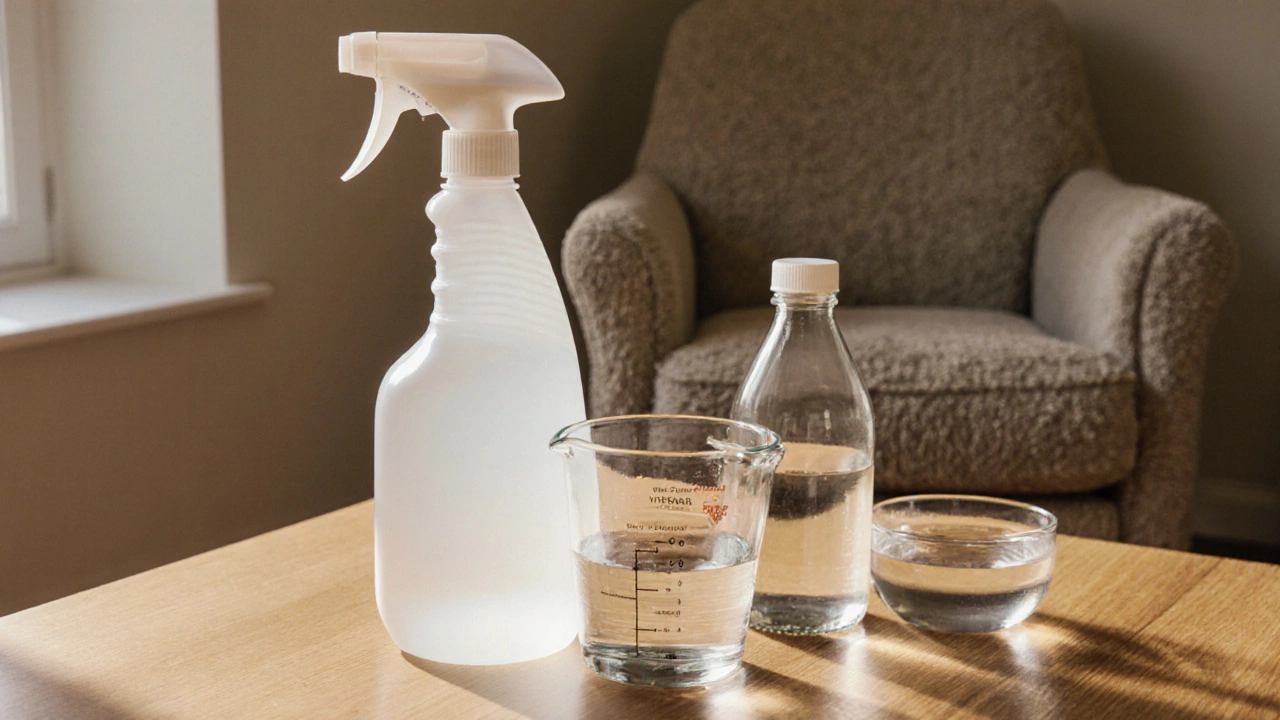Water Upholstery Cleaner: What It Is and Why It Matters
When working with water upholstery cleaner, a device or solution that uses water‑based formulas to lift dirt and stains from upholstered fabrics. Also known as wet upholstery cleaner, it offers a safer alternative to harsh chemicals, especially for households with kids or pets. This tool lets you refresh sofas, chairs, and car seats without over‑wetting the material.
How It Connects With Fabric Sofa Cleaning
One of the most common uses of a fabric sofa cleaner, a specific method for tackling everyday stains on cloth upholstery is the same water‑based approach. When you spray a fine mist and gently agitate with a soft brush, the water carries away oil, mud, and food residues. The key is using low‑foam solutions that rinse cleanly, preventing the cushion filler from soaking. This technique pairs perfectly with the water upholstery cleaner’s low‑pressure output, ensuring the fabric stays breathable and the frame stays dry.
Pressure washing may sound extreme for indoor furniture, but the concept of pressure washing, applying controlled water pressure to strip grime from surfaces informs how we set the nozzle on a water upholstery cleaner. By adjusting the psi to a gentle 30‑60 psi, you get enough force to dislodge particles without pushing water deep into the padding. This balance mirrors what pros do when they clean decks or driveways, just scaled down for delicate textiles.
Eco‑friendly cleaning is another pillar that shapes the choice of a water upholstery cleaner. Eco‑friendly cleaning, the practice of using biodegradable, non‑toxic ingredients means the water you spray often contains vinegar, baking soda, or plant‑based surfactants. These agents break down stains while keeping the indoor air safe. When combined with precise water control, you avoid the excess runoff that traditional carpet shampoos create, aligning with the UK’s push for water conservation.
Stain removal is the ultimate test for any cleaning system. A good water upholstery cleaner tackles common culprits—wine, coffee, pet saliva—by first blotting, then applying a targeted solution, and finally rinsing with a light water jet. The process follows a simple triple: identify the stain type, apply the right cleaning agent, and use the water pressure to flush it out. This three‑step flow mirrors the semantic triple “water upholstery cleaner requires proper stain identification” and ensures consistent results across fabrics.
Professional cleaning services, like those offered by Dandy Fox Cleaning Services, often rely on the same principles. They choose machines that can switch between high‑pressure exterior work and low‑pressure upholstery care. By matching the tool to the task—whether it’s a driveway or a sofa—they maintain efficiency while protecting the material. Homeowners can replicate this approach by selecting a versatile water upholstery cleaner that offers adjustable pressure settings and interchangeable nozzles.
Now that you understand how water upholstery cleaners link to fabric sofa care, pressure washing basics, eco‑friendly solutions, and stain removal tactics, you’re ready to explore the articles below. They dive deeper into each topic, give you step‑by‑step guides, and share insider tips to keep every surface in your home looking its best.

Can I Clean Upholstery with Vinegar and Water? The Full DIY Guide
Learn how to safely clean upholstery using a simple vinegar‑and‑water mix, with step‑by‑step instructions, stain‑specific tweaks, safety tips, and when to call a pro.
Read More